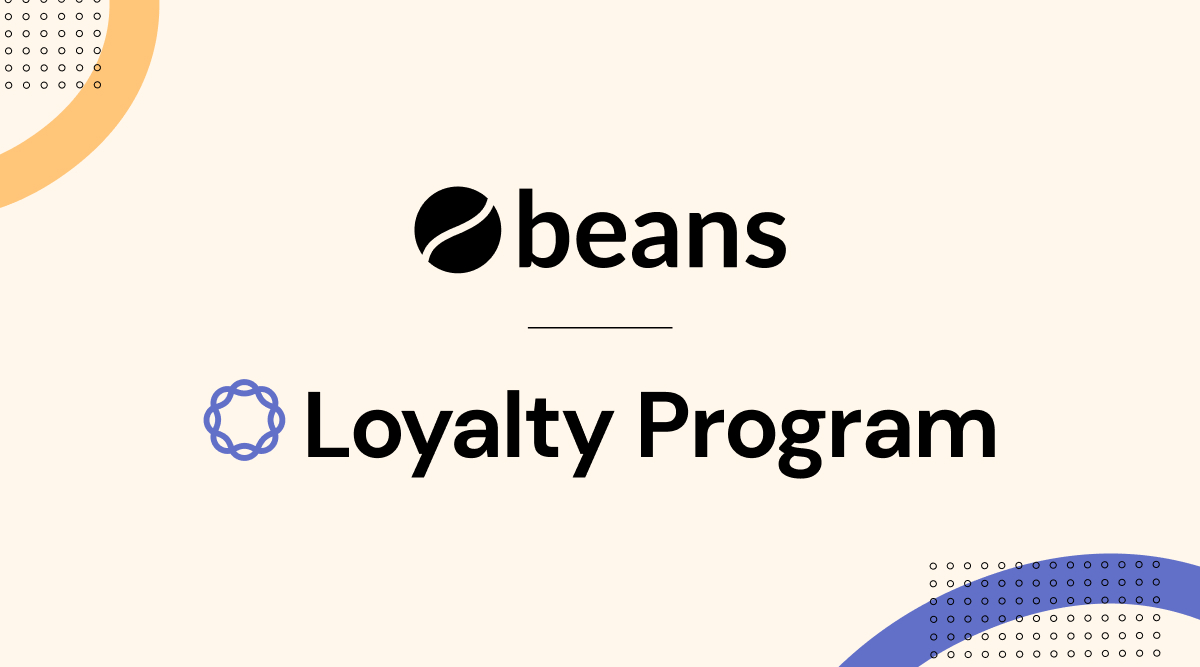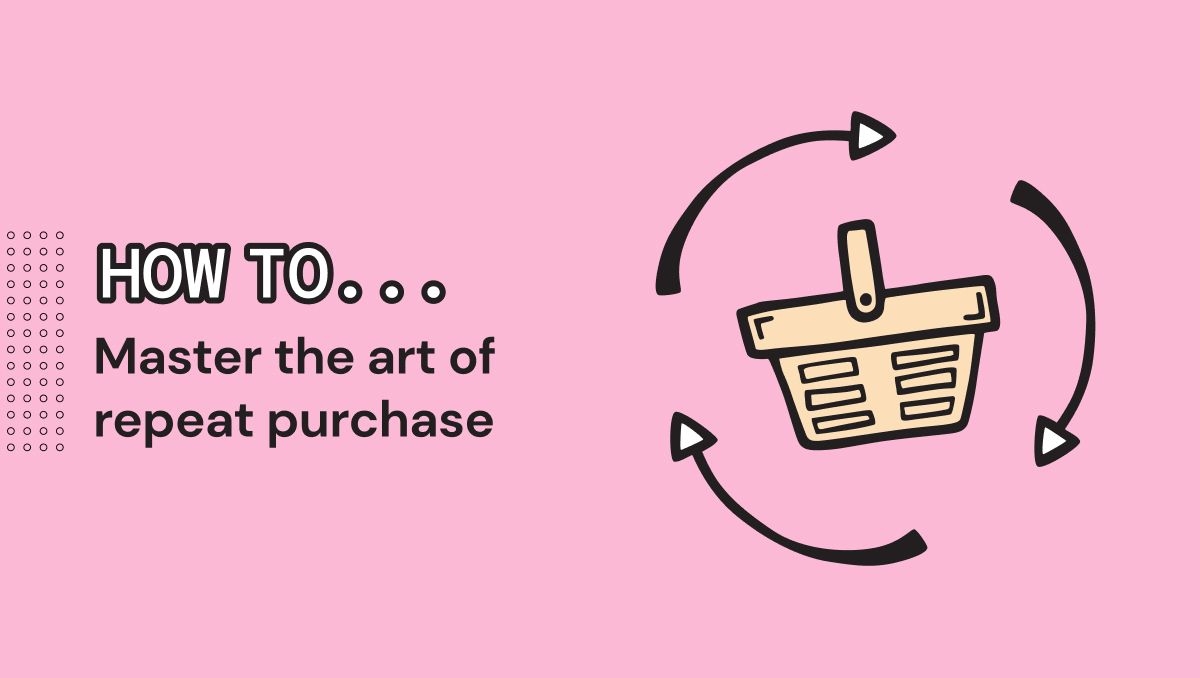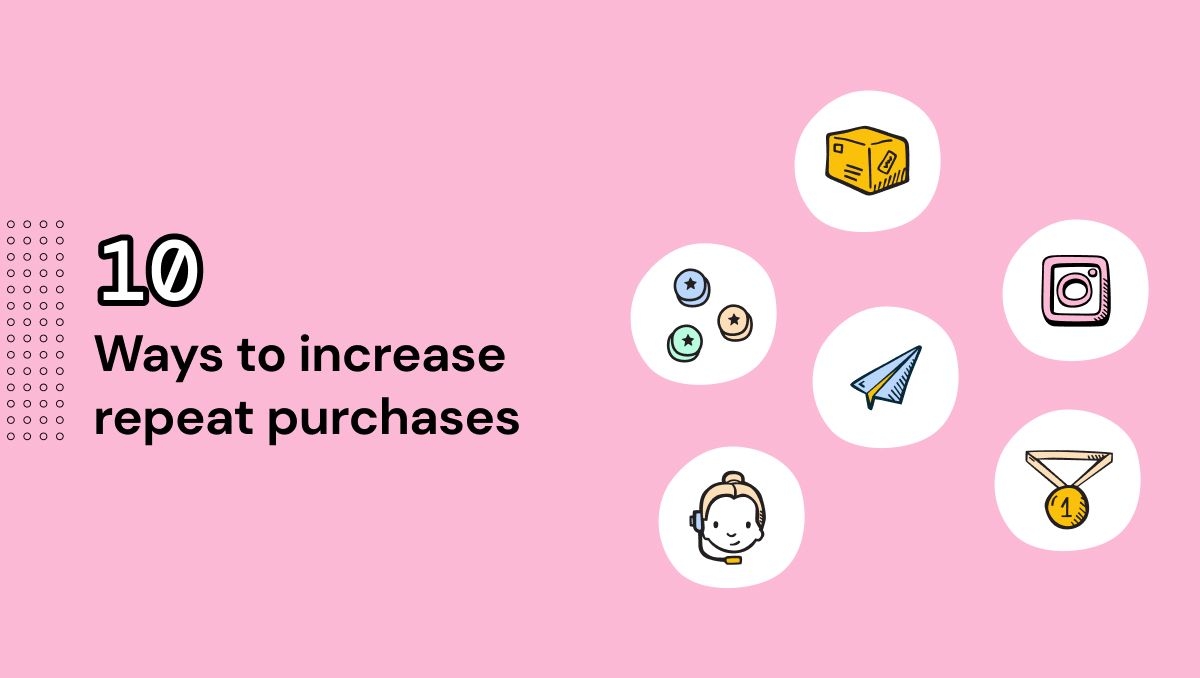There is a good reason why big wigs like Sephora, Starbucks, and Nike invest so much in their loyalty programs; they have proven to work so well time and time again. It will be hard to talk about customer retention, particularly in the ecommerce industry, and not mention how loyalty programs contribute immensely to its increase.
Loyalty programs or reward programs center around one thing: building a strong emotional relationship with customers. Offering rewards while continually providing excellent service and great products is the surest way to increase brand loyalty. When the customer is satisfied with the entire experience, that emotional connection is built. They are more likely to offer the brand a lifetime value that is about 306% higher than the average customer would.
What makes a loyalty program effective in retaining customers? Why does it work, and how can brands make reward programs work for them? In this post, we explore the psychology behind loyalty programs’ effectiveness.
Facts
Several studies conducted in businesses reveal the importance of loyalty programs to both customers and business owners. Here are a few statistics that support the effectiveness of loyalty programs:
- In the USA, there are approximately 3.3 billion loyalty memberships. Over 90% of companies offer some kind of rewards program.
- Gaining new customers can be about 25 times more costly than keeping customers who have already purchased.
- Loyal customers can be worth as much as 10 times more than other customers.
- 81 percent of customers will trust a brand or business recommended to them by their family and friends.
- 61 percent of online retailers cite their biggest obstacle as customer retention.
- A 5% increase in customer loyalty can increase the overall average profit per customer by about 25 to 100 percent
- 69 percent of consumers believe that their choice of retailers is largely influenced when they can earn loyalty rewards.
- 50% of customers change their purchasing behavior in order to reach a higher tier in a loyalty program
- 49% of customers agree they spend much more after they have joined a loyalty program.
- 84% of rewards program members have made a redemption from the said program.
- About 83% of customers claim loyalty programs make them more likely to keep doing business with some companies, while 76% of them believe that loyalty programs are a vital part of their relationship with brands.
- 67% of shoppers believe that surprise gifts are extremely important for loyalty programs.
- 73% of customers will recommend a brand with a good loyalty program to their family and friends.
- 75% of customers agree they will be more likely to make another purchase after receiving an incentive.
- When a brand builds a strong positive emotional connection, rewards program members spend 27% more.
- Integrating a loyalty program into an ecommerce platform can increase the average order quantity by approximately 319%.
Now let’s delve into some of the psychological principles that back loyalty programs, cause people to sign up for them, and keep them anticipating more.
Positive reinforcement
Positive reinforcement helps encourage new behavior. If you want someone, or in this case a customer, to behave in a particular way, there is a need to encourage that behavior by rewarding them whenever they do it. Rewarding customers for each purchase reinforces their thinking that purchasing from your store is a positive behavior.
This effect applies to different aspects of everyday life. For instance, an employee who gets a bonus after achieving their annual sales quota will likely work harder to repeat that achievement. An athlete who is awarded a gold medal for finishing first is likely to race and win again.
The general rule of thumb is that people feel good when they are rewarded. If they are rewarded for doing something that eventually benefits themselves and the business at hand, everyone wins. Customers will be encouraged to repeat actions they are continually rewarded for. Aside from the financial benefits, this principle also creates a strong emotional foundation where your brand becomes the first and most important thing customers think of when they want to purchase an item within your industry.
One of the key reasons this principle works well in loyalty programs is because it promotes behavioral patterns that are consistent and eventually permanent. Once you can help people perceive their new behavior as personally rewarding, their attitudes towards that behavior become more positive and will often be repeated.
Hint
Reward customers for every purchase, and any other repeatable actions that can benefit your business, such as a referral or writing a review. It will be hard to forget a brand that rewards and appreciates its customers’ efforts.
Goal gradient effect
Clark Hull coined this term in 1932, and it fits perfectly into how loyalty rewards can influence buyers’ behavior. The goal gradient effect means that as people or animals get closer to achieving a reward, they accelerate their behavior to progress towards the goal. This also means that people are more motivated by how much of their target is left to be reached and not by how far they’ve come. The closer consumers get to a set goal, the more driven they are to finish it.

This effect is often prevalent in gamified loyalty programs where there are badges, progress bars, tiers, and is effective for driving customer engagement. It is also excellent for increasing repeat purchases because customers tend to keep buying in order to achieve that high status or goal they are aiming for in the program.

A good example of where this effect is applied is with a typical coffee shop rewards program that offers a free cup of coffee after a customer purchases their first 9 cups. A study conducted with this type of program revealed that customers increased their purchases as they got closer to hitting their goalsf. In the same vein, however, this principle works backward too. If customers perceive that the reward is unattainable, their motivation to pursue that goal will decrease. There is a need for loyalty program members to always see visible progress.
Hint
Set attainable goals. Offering smaller reward goals throughout a customer’s journey is much more of a compelling proposition than telling customers they must spend $500 before receiving a 5% purchase discount.
Utilize notifications and reminders: Send reminders to customers so that they know they are getting closer to their rewards. For instance, the Starbucks app encourages customers to purchase more coffee by sending notifications like, “15 stars until next reward”. Brands can also use visual reminders such as badges, scorecards, and progress bars to show how close customers are to reaching a target.
Endowed progress effect
The endowed progress effect is the idea that if you provide some artificial advancement toward a goal, a person will be more motivated to complete the goal. This generally makes people believe that they have a head start in achieving a particular goal. Since they feel the amount of effort needed has been reduced, they are more likely to put in extra effort to complete the goal quickly.

A good example of this is Warby Parker’s home try-on program. The eyewear company ships up to about 5 frames to their customers for free so they can try and get opinions from their friends and family. Then customers get to keep and pay for the ones they like and return the rest of the frames for free. This program works so well because customers did not put much effort into acquiring the frames. They feel like they have a great head start because they get to try on a number of frames before making an actual purchase. Customers feel more motivated to complete the goal of purchasing their preferred frames because of the endowed progress effect.
Hint
Don’t let customers start at 0. Give them some welcome bonus points. When you give customers leverage especially for joining your program, they will appreciate the reward and be psyched to continue progressing through the ranks.
Loss aversion
People have more aversion to losing what they “have” than earning more. The loss aversion effect is extensively used in most loyalty programs to stimulate customer engagement. This principle reveals how people are unhappy about losing something they own as compared to earning something. For instance, in the case of loyalty programs, brands can give members a sense of ownership by offering them a valuable reward and then establishing a condition whereby they might lose ownership. This induced sense of loss can motivate or compel the member to remain loyal or keep pursuing their goals.
Examples of instances where this bias is used is when companies threaten status tier members that they would lose their benefits if they fail to maintain a certain number of points and when members risk losing all their points or suffer from points expiration when they fail to engage with the brand on a regular basis. Other examples include members being denied access to desirable rewards or spending more points if they fail to make an order or book a service early enough.


Suggesting loss to a customer can greatly increase their engagement level with your brand. This is because people have a stronger inclination to avoid loss than to earn.
Hint
Use the inactivity rule or expiration rule to create a sense of emergency. Incorporating tactics such as expiry periods and reward redemption limits can create a sense of urgency which would propel customers to take certain actions in an attempt to avoid a loss.
Escalation of commitment
The escalation of commitment effect reveals that the more effort we put into a thing, the more we value it. People generally value their time and action more than anything else. We also value our own effort more than we cherish the efforts of other people. This phenomenon, therefore, works in such a way that the more we invest our time and effort into something, the more we begin to attach value to it. It is highly feasible that we would value our own creation or products because we invested time and put in action to see it become a reality.
With loyal programs, retailers can put this effect into practice by rewarding consumers for investing their effort and time into making your products their own. This imputes a sense of value on your product and reduces the chances of customer churn in your store. Customers will also be willing to pay more for a product they contributed to customizing. They will also be more willing to engage in a highly personalized program to suit their individual needs.
Hint
Reward customers on their birthday. Since most people value their birthday, a birthday gift or points create more commitment and attachment and therefore are more valued.

Business owners should also reward users for taking certain personalized actions such as completing their personal profile, rating and reviewing products or services, or customizing a color scheme in the program. All these actions make the customer feel personally vested in the brand and its cause, thereby increasing commitment and loyalty.
Social status and exclusivity
Humans naturally love to be socially credible. In Maslow’s hierarchy of needs, we see how people need to belong to a society, and when they climb higher up, there is a need for them to self-actualize.
Loyalty programs utilize this principle of elevated status to drive customer participation. Being part of a higher tier makes you feel good and valuable. Being among the top-tier customers of a brand that you like, makes you feel like you are a big contributor to the brand’s success. This is the reason VIP programs are so effective: we enjoy rising above our colleagues and gaining exclusive access to better rewards by reaching the highest ranks. As a business owner, when you separate your “high-value” customers from the average ones, you build an elite status peculiar to your brand, while inducing a sense of achievement in any member that reaches that top tier.

When this principle is combined with the loss aversion principle, customers will strive to do anything in their capacity to maintain the VIP status they have reached if there is a risk of it being removed or questioned. This doesn’t just apply to the top tiers but even in reward programs using a points-based system. Customers will be keener to participate when they associate a certain form of elevation and exclusivity in their ability to collect more points than the average customer.
An interesting example is platforms such as Quora, Reddit or Yahoo answers where people are motivated to earn as many points even though they don’t hold a real-world value. The sense of elevation drives them to engage with the platform and accumulate their points so they can be named among the top or VIP users.
Practicing this effect is particularly beneficial to business owners because VIP rewards do not necessarily have to be expensive. Customers perceive the social status they gain from participating in an advanced category is already highly valuable to them. You may not need to incur too much cost creating this sense of value in a VIP rewards program.
Hint: Use the VIP tiers system to boost that feeling for your customers and incite lower-tiered customers to grow to the next tier. You can also attach certain conditions to your tiered rewards structure which ensures that the progress levels resets within a certain period. This will motivate members to claim their VIP status and keep engaging with your brand so they don’t lose their place by that deadline.
Wrapping Up
Before you decide to invest a good amount of time and money into creating a loyalty program, it is worth noting that brands often earn customer loyalty by giving the simplest of rewards.
This is not to undermine the importance of exclusive hefty rewards but to emphasize the importance of getting your business practices right in the first place. Your business should be providing quality products and services, otherwise, it will be hard to attract customer loyalty. Statistics show that 93% of customers are more likely to keep purchasing from a brand that offers great customer service. Yes, old-fashioned customer service can be the greatest gatekeeper of your business and your rewards program.
The point is, that loyalty programs should be the cherry on top of amazing products and excellent customer service. As seen in the principles above, perception is extremely important to the success of a rewards program. Applying these psychological principles requires that brands re-structure their rewards to be perceived by the customers as highly valuable, even in cases where the real-world value is low. Knowing how your customers perceive value will enable you to provide the best rewards for them while effectively promoting profitable actions.
Ready to integrate a loyalty program app in your store? The Beans app is specifically designed to reward customers for several profitable actions they take while doing business with your brand.

Create your Loyalty Program


